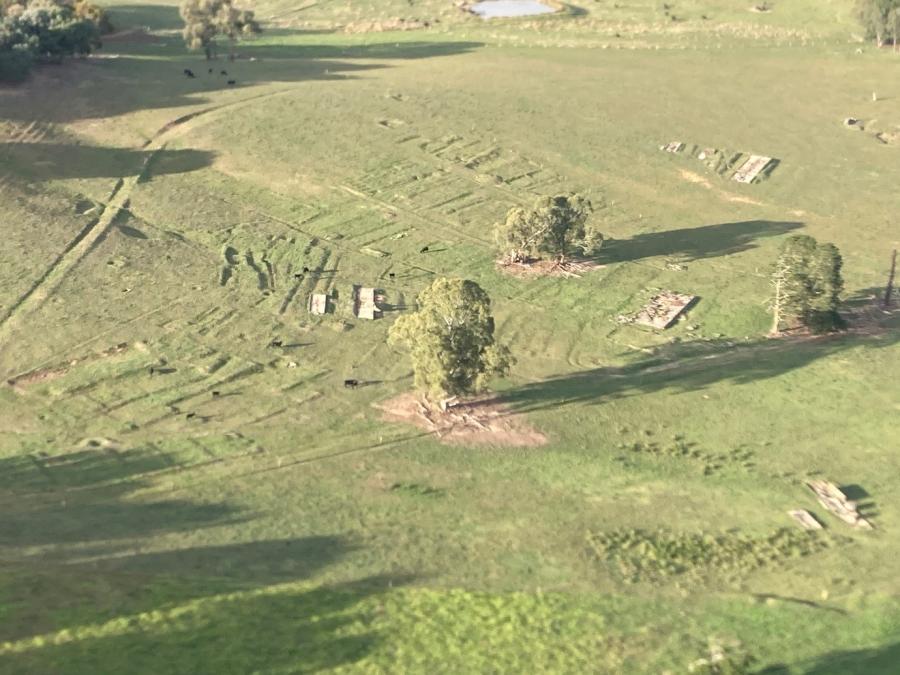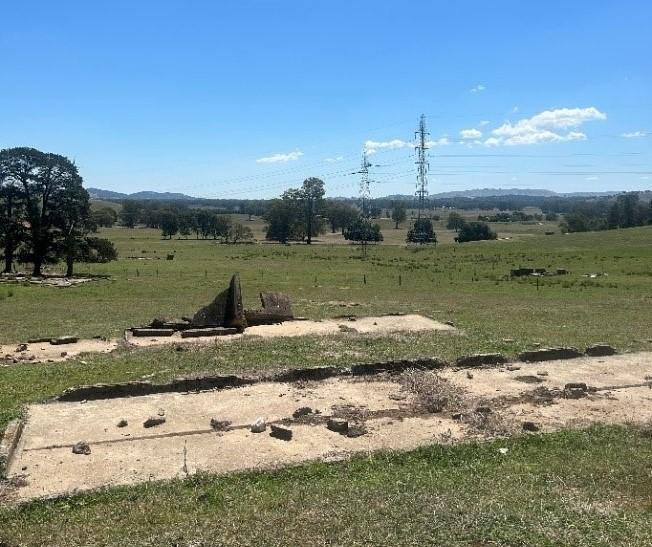The Road to La Dolce Vita
While most of us are familiar with the harrowing experiences of Australian prisoners of war abroad, knowledge of those held in prisoner of war camps in Australia is far less common.
At the peak of the Second World War, Australia had 20 prisoner of war camps scattered across the country. Additionally, but separately, there were also a dozen internment camps where non-naturalised ‘enemy’ civilians living in Australia were interned.
The entry of Italy into the Second World War brought considerable disruption to the Italian-Australian community whose presence was seen by the authorities as a serious potential threat to national security.
The first generation of Italian-Australians were economic migrants of the 1920s and 1930s, largely from rural backgrounds. Hard working farmhands until they could buy their own properties, Italian-Australians became integral to Australian food production.
During the war, 4,700 male Italian-Australian civilians were locked up in internment camps, while the women and children they supported were left to fend for themselves. The criteria for internment varied from state to state, but was broadly dependent on a man’s fascist leanings. Victoria was the most lenient state: the Italian community in Victoria was respected, and few were interned.
Australia’s first group of Italian prisoners of war arrived in May 1941, four months after the battle of Bardia (which took place near the Egyptian border in Libya) and five months after the Battle of Sidi el Barrani (Egypt). By 1943 over a quarter of a million Italian troops had surrendered or been captured in north and eastern Africa. More than 18,000 were shipped to Australia.
No. 5 Prisoner of War Camp, located near Myrtleford in the Alpine region of north-eastern Victoria, was built to house Italian prisoners of war. Myrtleford had a strong and respected community of Italian-Australians – mostly tobacco farmers – none of whom were interned during the war.
No. 5 Camp received its first prisoners of war in mid-1942. Initially housed under canvas, the camp grew to accommodate 1,000 prisoners (all Italian, and mainly officers) and the 51st Garrison Company which guarded them. Raised by the Australian Army, no previous experience was needed to join the garrison company, and those normally excluded on medical grounds or because of age could join. The company consisted mostly of local men, many of whom had served in the First World War, which was just as well as they received virtually no training. Albert Borella VC MM, who had been awarded a Victoria Cross, a Military Medal, and Mentioned in Despatches for his actions during the First World War served as captain with the 51st Garrison Company at No. 5 Camp Myrtleford until 1945.
One of the twice daily count of prisoners of war at No. 5 Camp – Calling the roll on the right is Captain Borella VC MM. Photograph by Geoffrey McInnes. AWM 059332.
The company unit diaries record the monotony of prison life: roll calls, inspections, scrutinising of mail, and noting with concern that the prisoners had all grown beards and were hard to tell apart.
For the most part, prisoners of war, who dressed in Australian uniforms from the First World War dyed maroon, were compliant. The unit diary records that 25 per cent of the prisoners were Fascist, 25 per cent were anti-Fascist and Royalist, with the remainder not interested or wavering. After Mussolini’s downfall, tensions rose, resulting in the establishment of two distinct compounds at No. 5 Camp: Compound A for Fascists and Compound B for Royalists.
Prisoners of war built their own recreation hall and chapel, made handicrafts, grew vegetables, watched films and listened to radio programs, played football and tennis and produced a camp-approved newsletter. They received Red Cross parcels, books and mail, and did their best to build concealed stills to produce contraband alcoholic beverages. There was one recorded escape from the camp during a parole walk, but the three prisoners were caught and returned after a few days.
As family members of prisoners of war had heard nothing of their missing men for years, the Defence department commissioned a photographer to document the prisoners in Australia; the photographs were sent to Italy via the Red Cross. As a result, the Memorial holds group photographs of every prisoner of war present at the camp in late 1943.
Allowed out of their maroon prison uniforms for the occasion, prisoners were photographed. AWM 030152/03
In mid-1943 local farmers were offered the opportunity of employing Italian prisoners of war on their farms - without guard - to alleviate an acute labour shortage. This brought the Italian prisoners into the homes of rural Australians, many of whom had never encountered foreigners.
Myrtleford Camp POWs received their keep and a small allowance for their work in dairying, hay carting, and harvesting wheat, potatoes and tobacco. From October 1944, some were allowed to leave camp and live on the farms at which they worked. Over 12,000 Italian prisoners of war were eventually employed unguarded in rural work. Most were well received and often integrated into the families they worked for.
Allowed the freedom of a one-mile radius and able to visit their local church, a single complaint by an employer about a prisoner of war’s work or conduct could see him sent back to camp and prevented from leaving for at least six months. Similarly, a complaint by a prisoner about his treatment would see that employer not allotted labour again.
Host farmers were provided simplistic and patronising guidance on the employment of Italian prisoners of war:
“An Italian POW is a curious mixture in that he can be made to give excellent work if certain hints are observed: He cannot be driven but can be led; give firm discipline for he can become sly and objectionable; show him carefully and patiently what is expected of him; supervise strictly or he will become lazy and loaf …”
While the war ended in September 1945, prisoners of war would have to wait for more than a year to be repatriated.
Some of the POWs wanted to return to Italy, but many wished to remain in Australia.
The presence of Italian prisoners of war had a lasting effect on relations between Italians and Australians, and was a key moment in Australia’s transition towards a multicultural society. Italian prisoners of war success as farm labourers was a determining factor in the decision to set large post-war migrant intakes from Italy. About one fifth (some 3,700) of the ex-prisoners of war were to constitute part of this intake, many were sponsored by the farming families they had worked for - including in Myrtleford. Italian culture is still very much a part of the town, which hosts the annual La Feria Italian food and cultural festival.
When I visited in February 2024, the site of No. 5 Camp had reverted to farm land and had little to show other than the concrete foundations of ablutions and kitchen blocks.
Although stock have been grazing the land for over 75 years since the last prisoners of war left, I found an intact glass shaving cream jar lying near some foundations.
It was hard to see the layout and extent of the camp or to understand which part of the camp I was looking at.
The next day, however, my helpful guide, local pilot Ron Walpole, overflew the site and captured some images from the window of his aircraft. The aerial perspective and early morning light reveal the foundations of various buildings and the extent of the camp.
The remnants of prisoner of war camps in Australia are interesting and largely unknown. They invite closer inspection where it is still possible and connect our past with our multicultural present.









